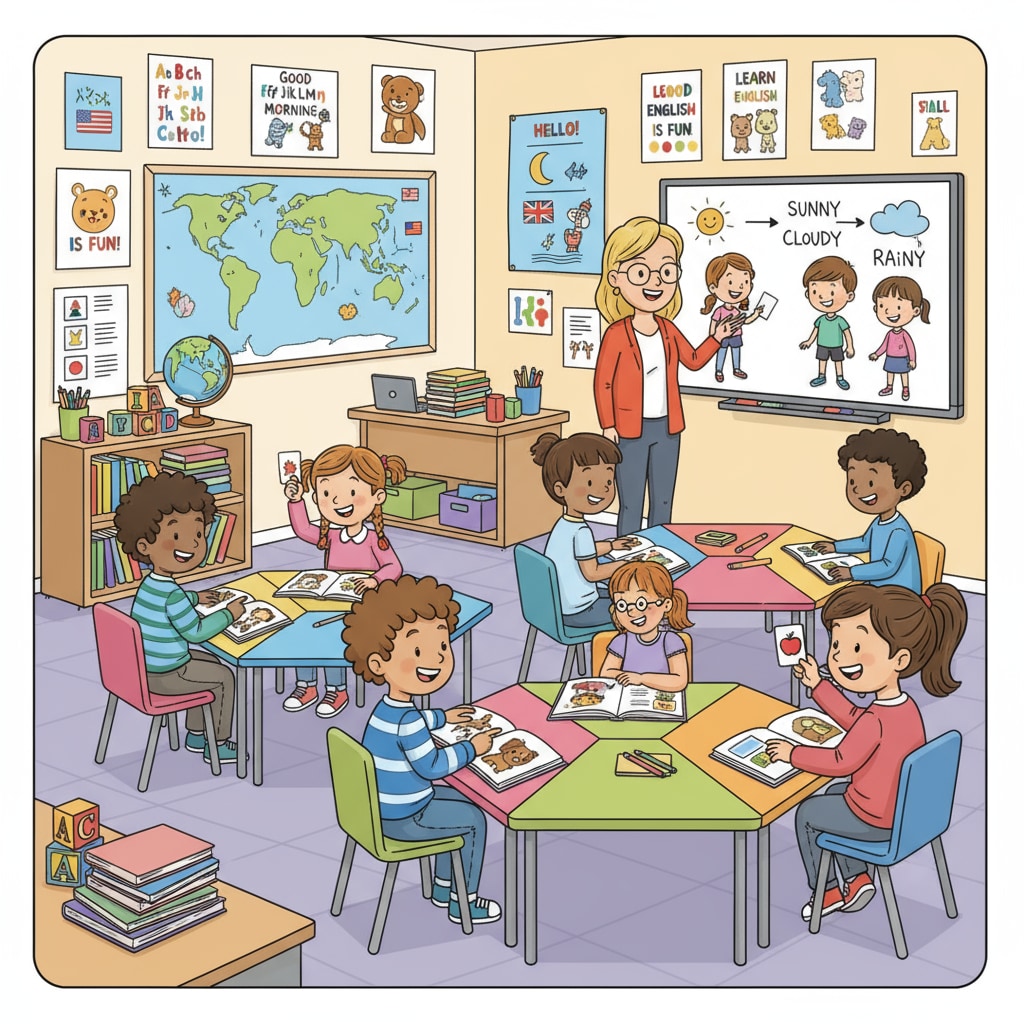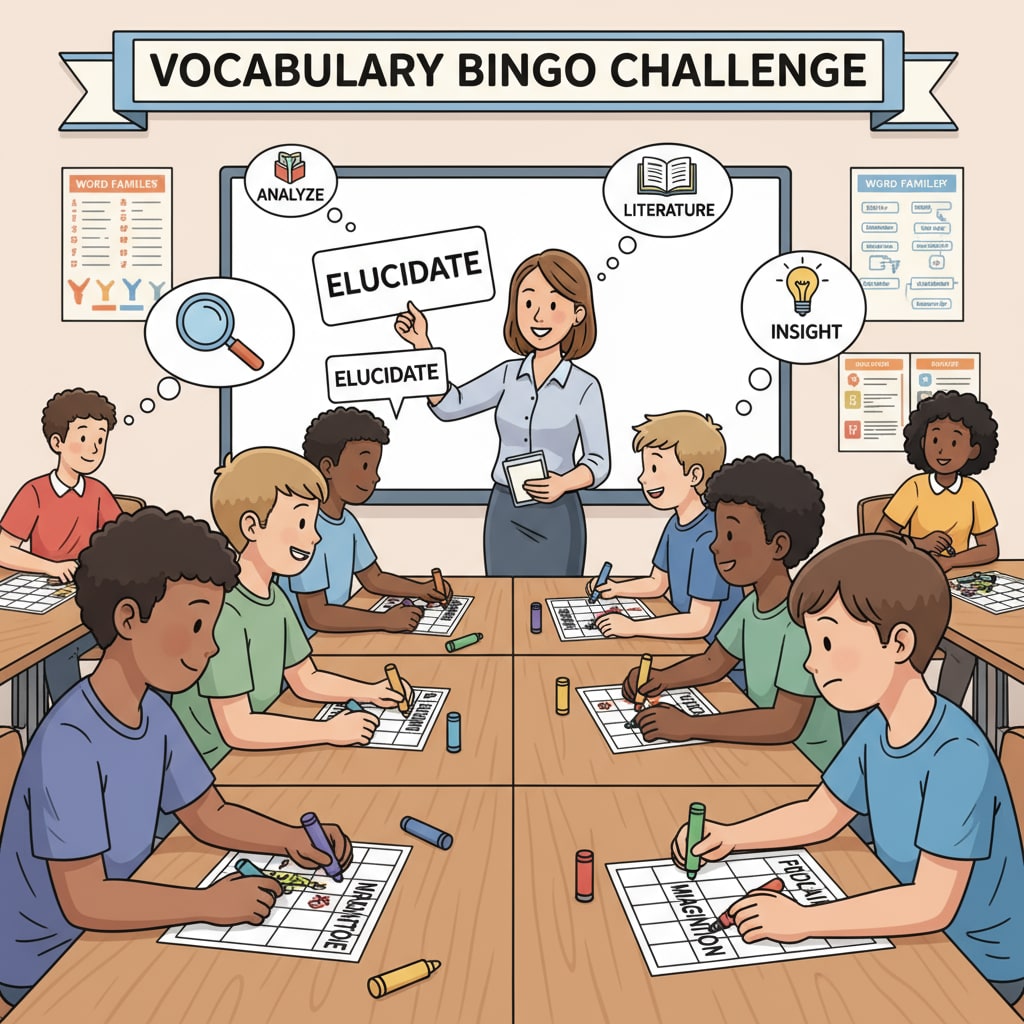In the realm of early primary education, English teaching and its associated teaching methods play a crucial role in a child’s language development journey. At this stage, students are like sponges, eager to absorb new knowledge. The right teaching approach can spark their interest in English and lay a solid foundation for future language learning.

Gamified Learning: Making English Fun
Gamified learning is an excellent strategy for early primary English teaching. By turning learning into a game, it makes the process engaging and enjoyable. For example, vocabulary bingo games can be used. Teachers prepare bingo cards with English words, and as they call out the definitions or pronunciations, students mark the corresponding words on their cards. This not only helps students learn new words but also improves their listening skills. Another game could be “Memory Match,” where students match English words with their pictures. This activity enhances their memory and recognition of vocabulary. As a result, students are more motivated to learn English. Gamification in Education on Wikipedia

Multisensory Teaching: Engaging All Senses
Multisensory teaching involves using multiple senses – sight, hearing, touch, and even smell – to enhance learning. In English teaching, this can be achieved in various ways. For instance, when teaching pronunciation, teachers can use videos or audio clips to let students hear the correct sounds. At the same time, they can show mouth movements through visual aids. Additionally, for tactile learners, activities like using sandpaper letters to feel the shape of letters while saying their sounds can be effective. This holistic approach helps different types of learners better understand and retain English knowledge. Multisensory Learning on Verywell Family
Digital tools are becoming increasingly important in early primary English teaching. Educational apps, for example, offer interactive lessons, games, and exercises. Some apps have voice recognition features that allow students to practice speaking English and get instant feedback. Online platforms also provide a wealth of resources, such as animated stories and songs. These digital resources can make learning more accessible and engaging for young students. However, it’s important for teachers to select appropriate tools and guide students on their proper use.
Readability guidance: By incorporating gamified learning, multisensory teaching, and digital tools, teachers can create a dynamic and effective English learning environment for early primary students. These strategies not only make learning enjoyable but also contribute to the development of students’ language skills.


